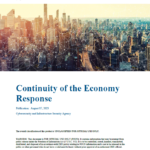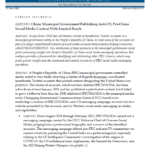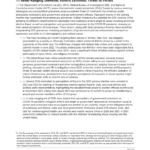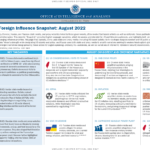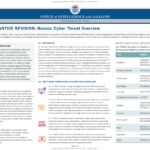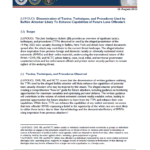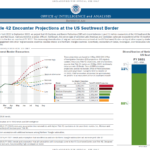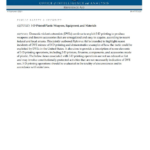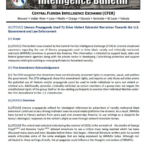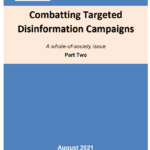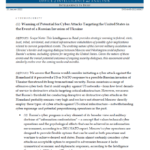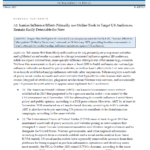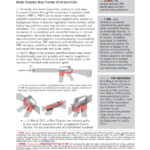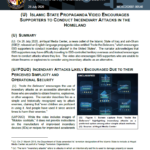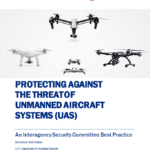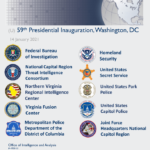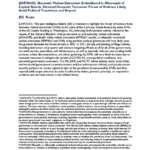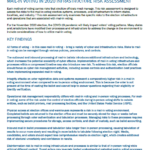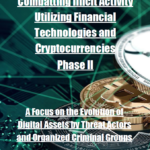
Phase 2 of the research serves to build upon the foundation laid in Phase 1. The Phase 2 research further explores: the criminal groups utilizing digital assets in illegal activities; how these criminal groups are conducting illicit activity and recruiting members; cryptocurrency ATMs and Point-of-Sales illicit uses; generative AI applications in cybercrime; darknet market use of digital assets; the evolving use of cryptocurrencies (especially the year to date change); criminal activity’s impact on government and private sector; and additional policy recommendations. Although illicit use can never be completely eliminated, it can be mitigated by increased consumer knowledge, proactive law enforcement investigations, and better practices and regulations issued by key stakeholders.


